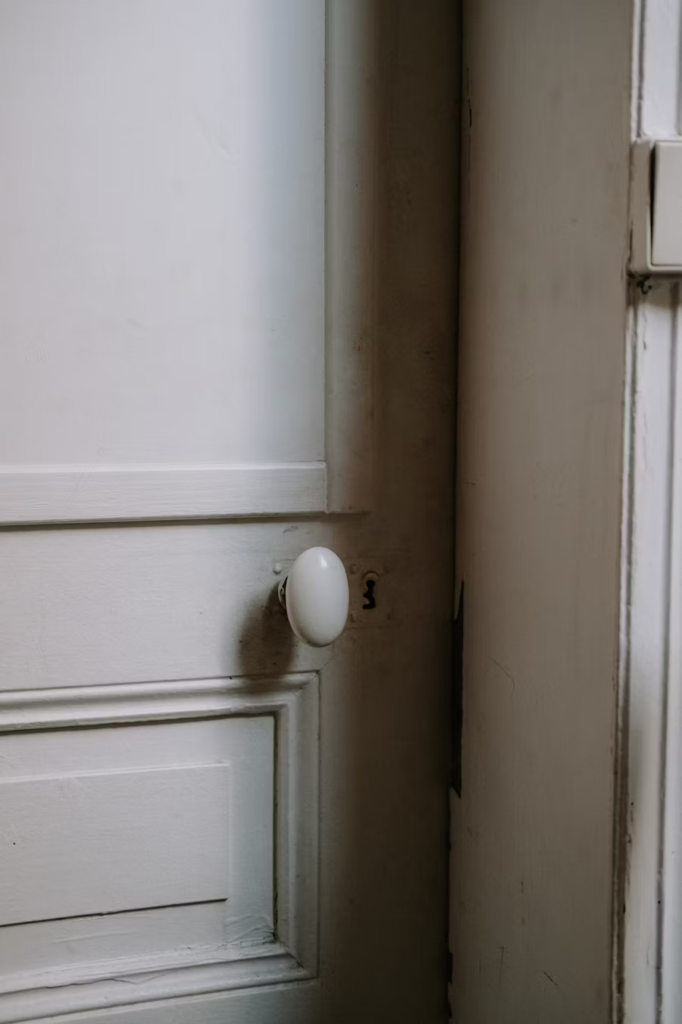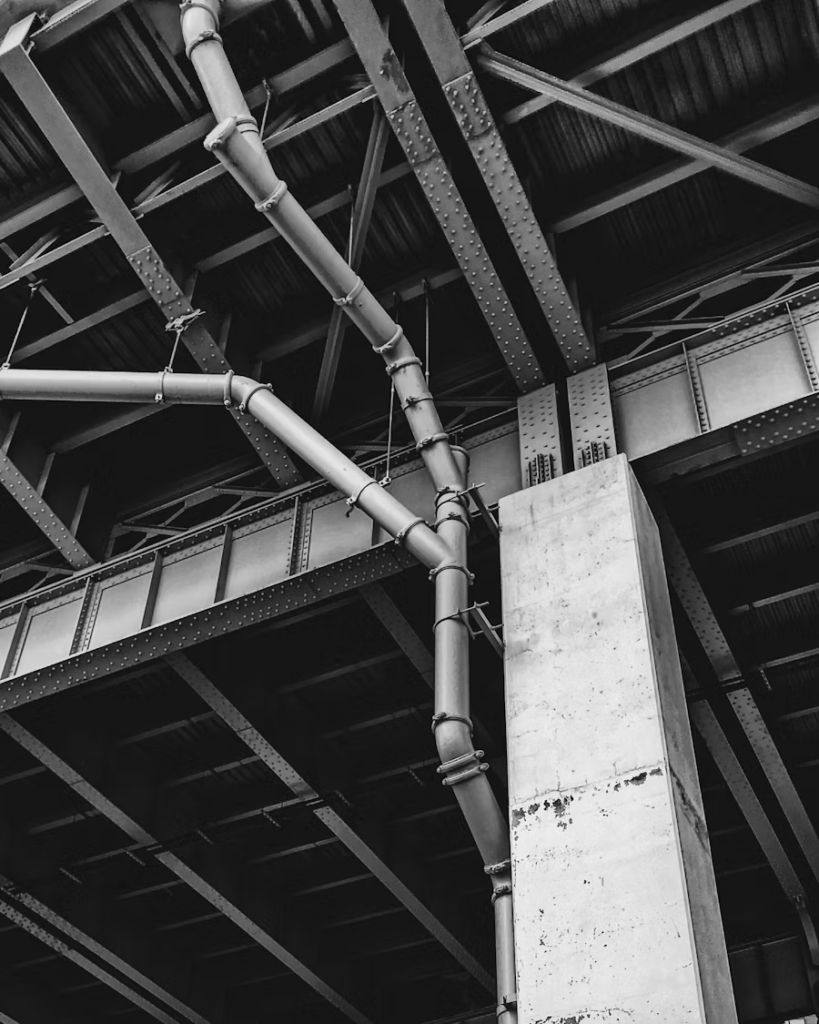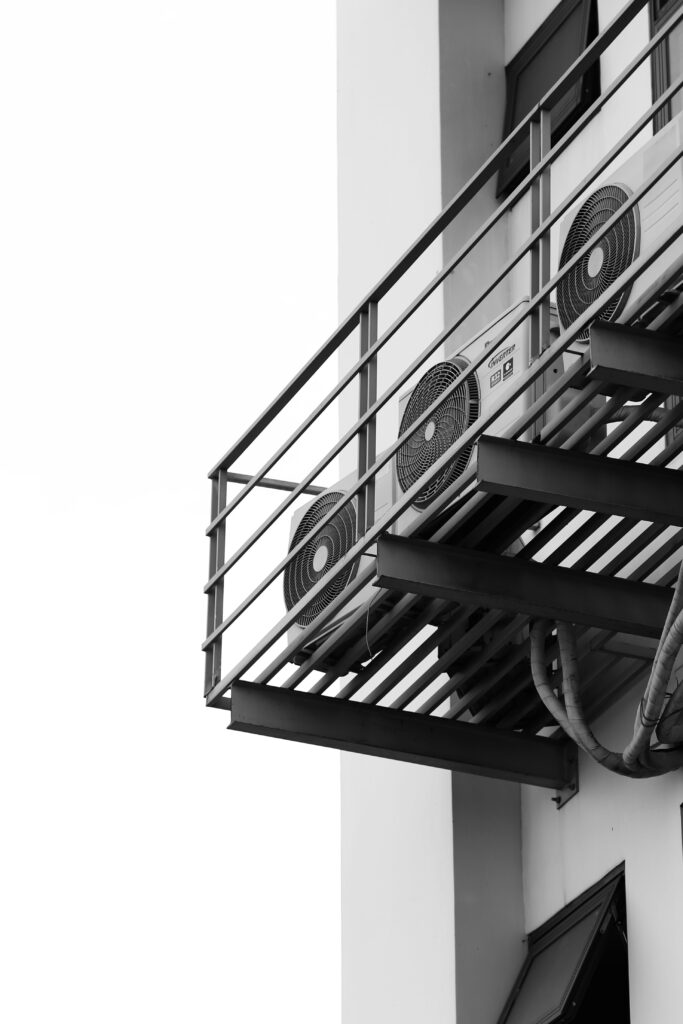Purchasing a new home is an exciting milestone but comes with responsibilities. Performing a defect check is one of the most important tasks you’ll face as a new homeowner. A defect check allows you to identify any issues or faults in your property before they become costly problems down the line. By conducting a thorough inspection, you can immediately address minor issues while knowing which areas need professional attention.
This article will provide a DIY guide to performing a defect check in your new home. This guide will help you understand what to look for, what tools you need, and how to handle common issues. By the end, you’ll be well-equipped to ensure your new home is in top shape and ready for comfortable living.
- What is a Defect Check?
- Why is a Defect Check Important?
- What to Include in Your DIY Defect Check
- When to Call a Professional
What is a Defect Check?
A defect check is a detailed inspection of a property to identify any issues, damages, or areas that need repair. This is typically done within a few weeks after moving into a new home to ensure everything functions as it should. A defect check usually covers various aspects of the house, including structural elements, plumbing, electrical systems, and finishes. Conducting this check early will allow you to resolve issues before they escalate into more significant problems.
Why is a Defect Check Important?
Performing a defect check is essential because it allows you to:
- Identify hidden defects that may have been overlooked during the construction or buying process.
- Ensure your home is safe and free from hazards, especially regarding plumbing, wiring, and structural integrity.
- Prevent expensive repairs by catching minor issues early before they become more costly.
- Help you negotiate repairs or adjustments with the builder or seller if defects are found.

What to Include in Your DIY Defect Check
While a professional home inspector will conduct a more comprehensive evaluation, a DIY defect check can still help you spot visible issues and catch minor problems early on. Here’s a breakdown of what to look for in each area of your home.
1. Structural and Foundation Check
Your home’s foundation is its most critical element, and any issues here could have major consequences. Start your defect check by thoroughly inspecting the structure and foundation.
What to Look For:
- Cracks in the walls: Look for large cracks, especially around windows, doors, and corners. Hairline cracks are common in new homes, but wider cracks might indicate settling issues or structural problems.
- Uneven floors: Check for any dips or slants in the flooring. Uneven floors may signal foundation issues that need immediate attention.
- Ceiling cracks: Inspect your ceilings for any visible cracks or sagging. This could indicate problems with the structural framing above.
How to Fix It: Small hairline cracks can be patched using spackle or filler. However, larger cracks or uneven floors may require a professional to assess the foundation and provide solutions.
2. Plumbing and Water System Inspection
Plumbing issues are some of the most common problems found in homes. To ensure everything is in good working order, thoroughly inspect plumbing.
What to Look For:
- Leaky faucets or pipes: Turn on all faucets and check for any drips or leaks. Inspect the plumbing under sinks, behind toilets, and around showers for water stains or signs of moisture.
- Low water pressure: Test the water pressure in your faucets and showerheads. Low water pressure could indicate issues with your pipes or a clogged filter.
- Running toilets: Flush all toilets and listen for any signs of running water after the flush. A constantly running toilet can waste much water and increase utility bills.
How to Fix It: If you find any leaks, tighten loose connections or replace worn-out washers. For low water pressure, clean or replace the aerators on faucets. A running toilet can often be fixed by adjusting the flapper or replacing faulty components.
3. Electrical System Inspection
A properly functioning electrical system is essential for safety and convenience. A DIY electrical inspection will allow you to spot any potential hazards early on.
What to Look For:
- Exposed wires: Check around outlets, switches, and electrical panels for any exposed or frayed wires. Exposed wires can be a fire hazard and should be addressed immediately.
- Tripping circuit breakers: If your circuit breakers trip frequently, this could indicate an overloaded circuit or a deeper electrical issue.
- Flickering lights: If lights flicker or dim unexpectedly, there may be an issue with the wiring or circuit.
How to Fix It: If you find exposed wires, it’s best to shut off the power and call a licensed electrician. For tripping circuit breakers or flickering lights, it may be worth calling an expert to inspect your wiring and circuits.
4. Windows, Doors, and Seals
Windows and doors play a significant role in your home’s comfort and energy efficiency. Proper sealing prevents drafts, water damage, and energy loss.
What to Look For:
- Drafts around windows and doors: On a windy day, check for any drafts around your windows and doors. Gaps in the seals could lead to energy loss and higher heating or cooling costs.
- Cracked or damaged windows: Inspect all the windows for cracks or chips in the glass. Damaged windows not only affect aesthetics but can also reduce your home’s energy efficiency.
- Sticking doors: Check if any doors are hard to open or close. This could indicate misalignment of door frames or issues with the hinges.
How to Fix It: You can replace weatherstripping around doors and windows to improve seals. You may need to replace the glass or the entire window for cracked windows. A professional may need to realign the frames or adjust the hinges if the doors are sticking.
5. General Finishes and Fixtures
Inspect the cosmetic elements of your home, such as the paint, flooring, cabinets, and light fixtures. While these aren’t structural, they contribute to your home’s overall comfort and aesthetic appeal.
What to Look For:
- Uneven paint or finishes: Check for uneven paint coverage, peeling paint, or areas where the finish looks streaky or damaged.
- Loose or broken tiles: Examine the tiles in your kitchen and bathroom for cracks or chips. A loose tile can be easily fixed, but replacement may be necessary if the damage is extensive.
- Loose fixtures or fittings: Inspect bathroom and kitchen fixtures, such as towel rails, faucets, and light fittings. If any of these are loose, tighten them to prevent further damage.
How to Fix It: You can easily touch up the paint or apply a fresh coat if necessary for cosmetic damage. Re-gluing or re-grouting tiles can fix minor issues. For loose fixtures, tighten screws or replace missing parts.

When to Call a Professional
While many of these tasks can be handled independently, some defects are best left to professionals. If you notice major structural issues, such as large foundation cracks or water damage, it’s best to call an expert to avoid further damage. Licensed professionals should also handle electrical, plumbing, or extensive mold and moisture issues.
Final Thoughts
Performing a DIY defect check in your new home is essential to ensure everything is in working order. By regularly inspecting your property and addressing issues early, you can avoid costly repairs in the future. Whether checking for plumbing leaks, inspecting electrical wiring, or ensuring your windows and doors are properly sealed, staying on top of minor issues can save you time and money.
If you’re unsure about any defect or the severity of the problem, don’t hesitate to call a professional to provide a thorough inspection. Being proactive and aware of common home defects ensures your new home remains safe, functional, and comfortable for years.

















You must be logged in to post a comment.